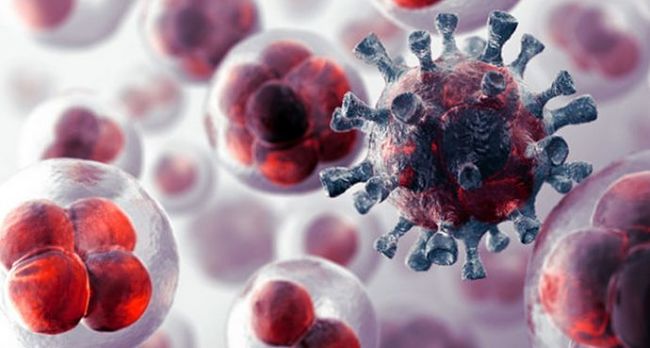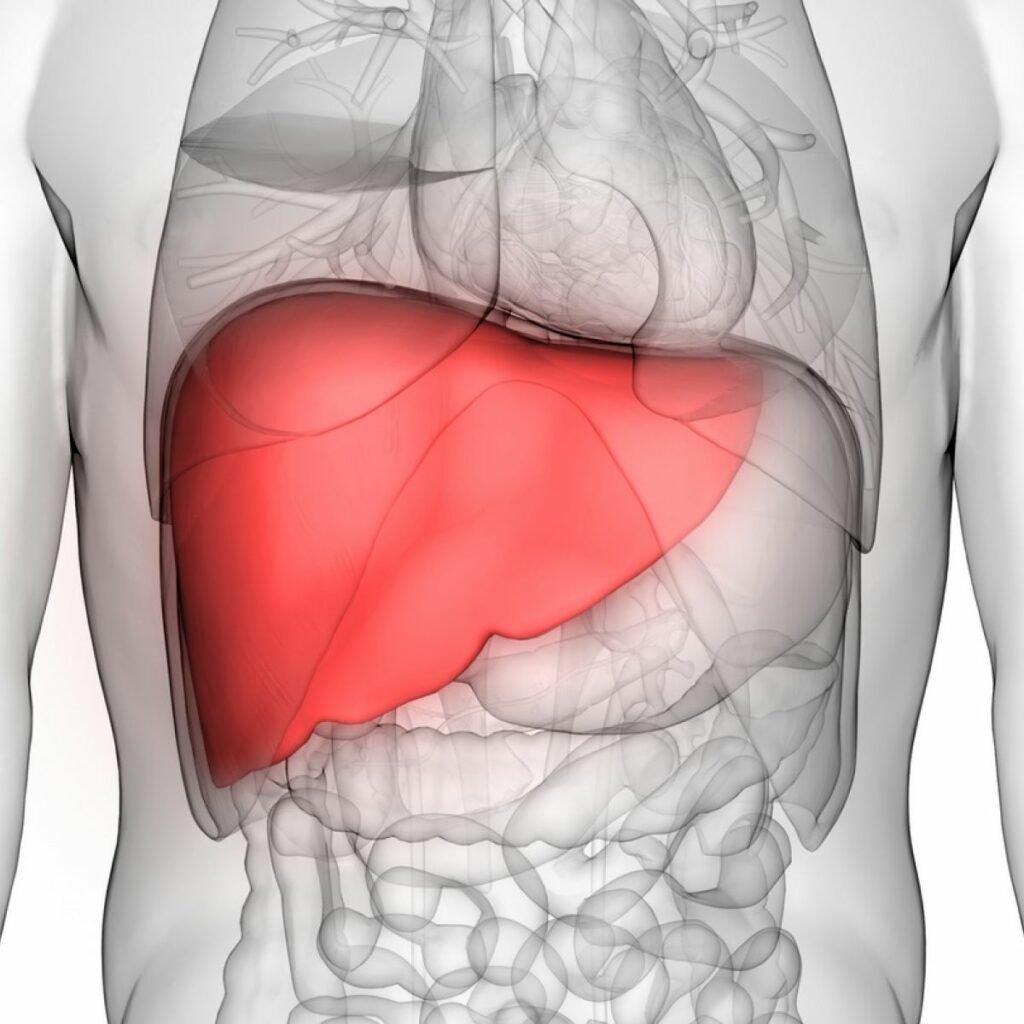Why an acid pH in the body can cause cancer?

It is commonly spoken of products with a neutral pH that provide benefits to our health and beauty. However, pH is not only a characteristic of commercial products, but it is a chemical property of many substances and tissues, including our body and blood.

The relationship between the alteration of the pH in the blood and the appearance of diseases is a subject recently investigated, since some scientists have estimated that an acidic pH could predispose to alterations in the metabolism of our cells and trigger the appearance of diseases such as cancer.
Table of Contents
What is pH?
It is a concentration measurement that determines the amount of hydrogen ions that a substance has, defining whether a fluid is acidic or alkaline (also called basic). The more hydrogen ions a substance has, the lower its pH (it is more acidic). On the other hand, a substance that contains less hydrogen ions will have a higher (or alkaline) ph. Thus, a neutral pH is one that is close to 7.
The pH of the blood.
Our body works in a balanced way so that the blood has an ideal pH between 7.35 and 7.45. A pH within these values is necessary for the survival and development of the cells of our body. However, there are certain situations such as stress, heart attack, severe infections, kidney failure and states of dehydration that cause the pH of the blood to decrease, making it more acidic than normal.
There are also situations where the opposite occurs, therefore, the blood alkalizes (raises its pH). This can be observed in people who use medications that cause an increase in bicarbonate in the blood and in diseases where the elimination of acids increases, for example, when a person has very rapid breathing during a respiratory infection.
How can the body’s pH be measured?
The pH of any substance can be measured with a device called a pH meter. In blood, a laboratory test called gasometry is done, which indicates exactly how the pH of our blood is. The pH can also be measured in other liquids such as urine and saliva with a simpler test, placing the liquid in contact with a test strip that changes color, indicating whether the substance is acidic or alkaline. The pH of blood, saliva, urine and skin are different because they are in different compartments.
The pH and the appearance of diseases.
At present, within the scientific community there are controversies on this subject. Some researchers have described that an acid pH in the blood could predispose to the appearance of cancer, gout, stomach ulcers, osteoporosis, chronic fatigue and skin diseases; while other investigations promote the acidification of the pH in fluids such as urine, because an acidic environment prevents the bacteria that cause urinary infections from proliferating.
How can acidic pH increase the risk of developing cancer?
Science does not yet have a definitive answer, since there are no studies with a high level of evidence that explain this theory. However, some scientists support the hypothesis about the association between cancer and an acidic pH, the product of an acidic or low alkaline diet, generally high in processed foods and animal proteins (which degenerate into substances such as uric and lactic acid).
This thesis is based on the description of Dr. Otto Heinrich Warburg, a physiologist who won the Nobel Prize in 1931, who described normal cellular metabolism in a medium with a physiological pH, with sufficient nutrients and oxygen; For this reason, some researchers point out that an acidic pH alters the cell environment, decreasing the supply of oxygen and promoting the conversion of normal cells to cancer cells.
For its part, another group of researchers maintains that there are currently no studies that support that an alkaline or low-acid diet prevents cancer, emphasizing that the body has its own physiological mechanisms to balance the pH, regardless of the diet ingested.
However, despite the discrepancies, most studies recommend that people should have a healthy lifestyle and a healthy diet in order to avoid preventable diseases and avoid possible complications.
How can the body’s pH be balanced?
The main physiological pH compensating mechanisms are found in the lungs and kidneys, therefore, if we are healthy, our organs will work correctly to obtain that balance.
It is recommended to have a healthy diet high in fruits, vegetables and low in red meat, dairy products, fats and processed foods, not only to balance the body’s pH, but to reduce the risk of cancer and cardiovascular diseases associated with risk factors such as the obesity.


